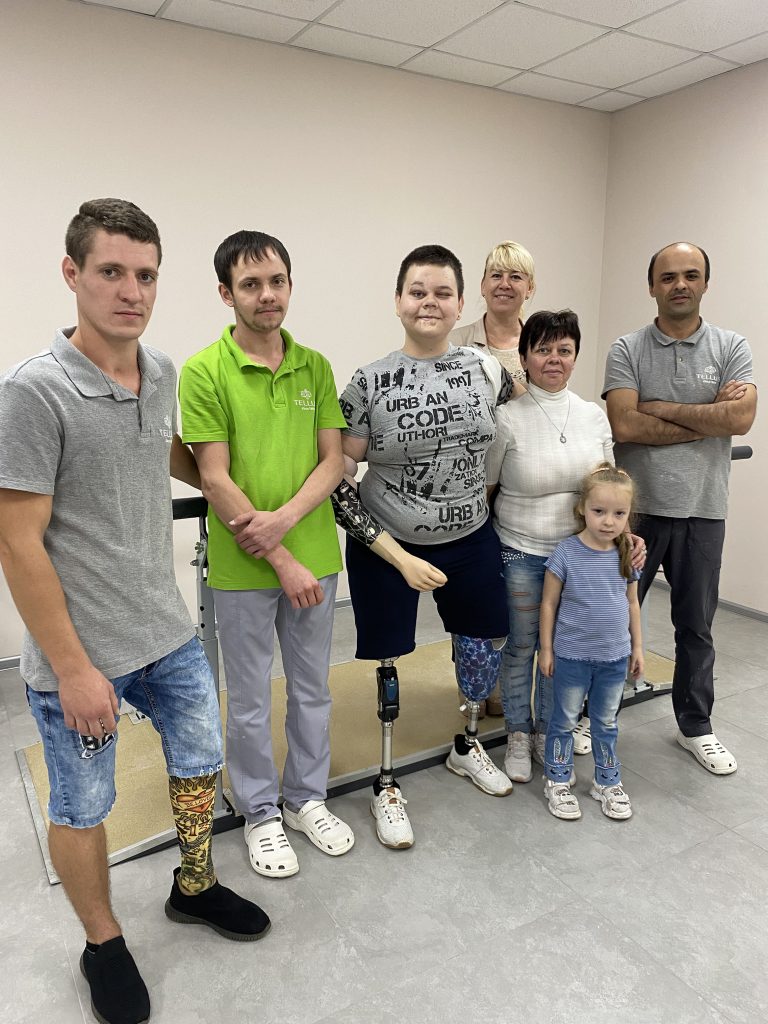Rehabilitation after amputation

The loss of a limb is always difficult for a person to bear, both psychologically and physically. The doctor’s decision to amputate is like a blow to the head, often comes as a shock to both the patient and his relatives. But you should not despair. Millions of people lead active full life after amputation. They still work, love, marry, raise children and grandchildren, travel and enjoy life.
Rehabilitation teaches people to live with a prosthesis, returns them to work, and creates conditions for active participation in society.
You may be surprised, but amputation has not become a barrier for many people to build a career, to find their vocation at a young age, to meet friends and loved ones. You should only look at the Paralympians: people who do not consider the lack of a limb to be a physical disadvantage at all. And how many people conquer new heights with prosthetic limbs, so what?! This does not stop them, and they achieve sometimes even much more than people with healthy limbs.
Rehabilitation after lower and upper limb amputation at our Tellus Center can be divided into several stages:
1. Evaluation of the stump. For the first prosthesis, the stump must be well formed, well shaped and free of bony growths.
2. Prosthesis selection. The fitting of the primary prosthesis can begin approximately 6 to 8 weeks after amputation.
3. Learning to live with a prosthesis. The hard work of learning to use your first prosthesis when the contracture bothers you, walking is difficult and painful, but you have to get over it and force yourself to work. After a few days, the pain goes away and you will be able to use the prosthesis.
Then you’re on your own:
4. Self-care. Restoring self-care skills. Walking without support, learning to do hygiene procedures, eating, small household chores on our own.
5. Socializing with amputation survivors, supporting each other.
Everyone has their own choices about what accomplishments to achieve after amputation, and all we can do is show you on video how our clients do it, and how proud we are of them.


